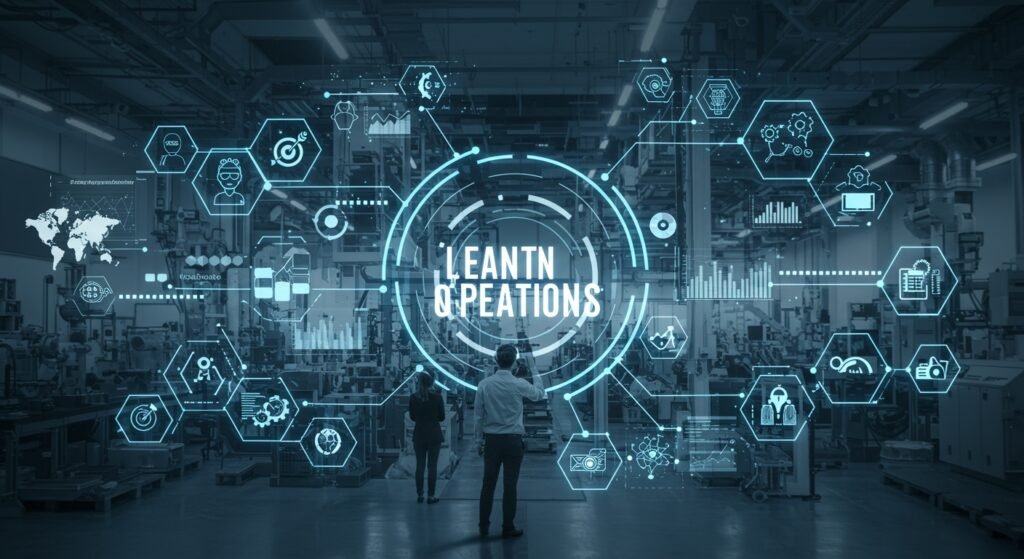7 Essential Principles of Lean Thinking for Modern Operations: A Positive Impact
In today’s fast-paced business environment, organizations are constantly seeking ways to enhance efficiency, reduce waste, and deliver superior value. This pursuit often leads them to adopt methodologies that have proven their worth over decades. One such powerful approach is Lean Thinking for Modern Operations, a philosophy rooted in the Toyota Production System that emphasizes maximizing […]
7 Essential Principles of Lean Thinking for Modern Operations: A Positive Impact Read More »







